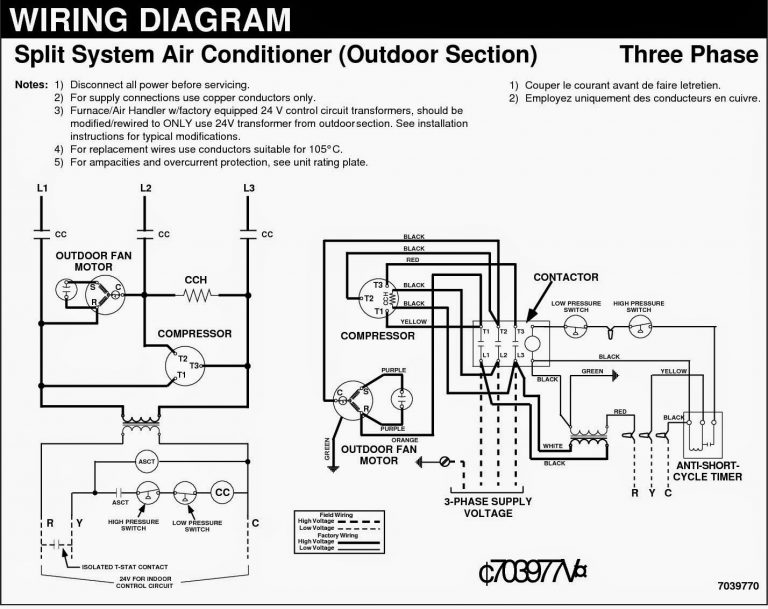

recommends the following PPE:īe sure to evaluate each worksite for common HVAC safety hazards. To avoid HVAC accidents, always wear PPE. To prevent common HVAC accidents and avoid risks, HVAC technicians should take the following 9 potential hazards into account, and put the suggested safety precautions in place:Īre you interested in learning more about how your HVAC techs can use ServiceTitan to eliminate distracting busywork, so they can focus on what’s most important? Click here to get a free, one-on-one demo of our service management software.
Hvac electrical basics pdf how to#
Then, we’ll look specifically at how using ServiceTitan’s HVAC service management software can automate processes that may otherwise distract your HVAC techs from what they need to do to keep safe.įinally, we show you how to use ServiceTitan to build safety checklists, which can be triggered on every job to remind HVAC techs of what to look out for.

In this article, we’ll begin by giving you a list of HVAC safety standards and essential personal protective equipment (PPE), and we’ll run through the most common HVAC safety hazards. That’s why we’ve identified the nine biggest HVAC safety hazards and collected the best HVAC safety recommendations, regulations, and standards in one place. HVAC industry professionals should adhere to best HVAC servicing procedures and stay vigilant for common hazards. Whether you run an HVAC service business or are a field tech yourself, technician safety must be a central focus in your day-to-day operations to avoid dangerous and costly HVAC accidents.ĭanger lurks in many places for anyone who works with HVAC equipment (heating systems, cooling systems, air conditioning, etc.).


 0 kommentar(er)
0 kommentar(er)
